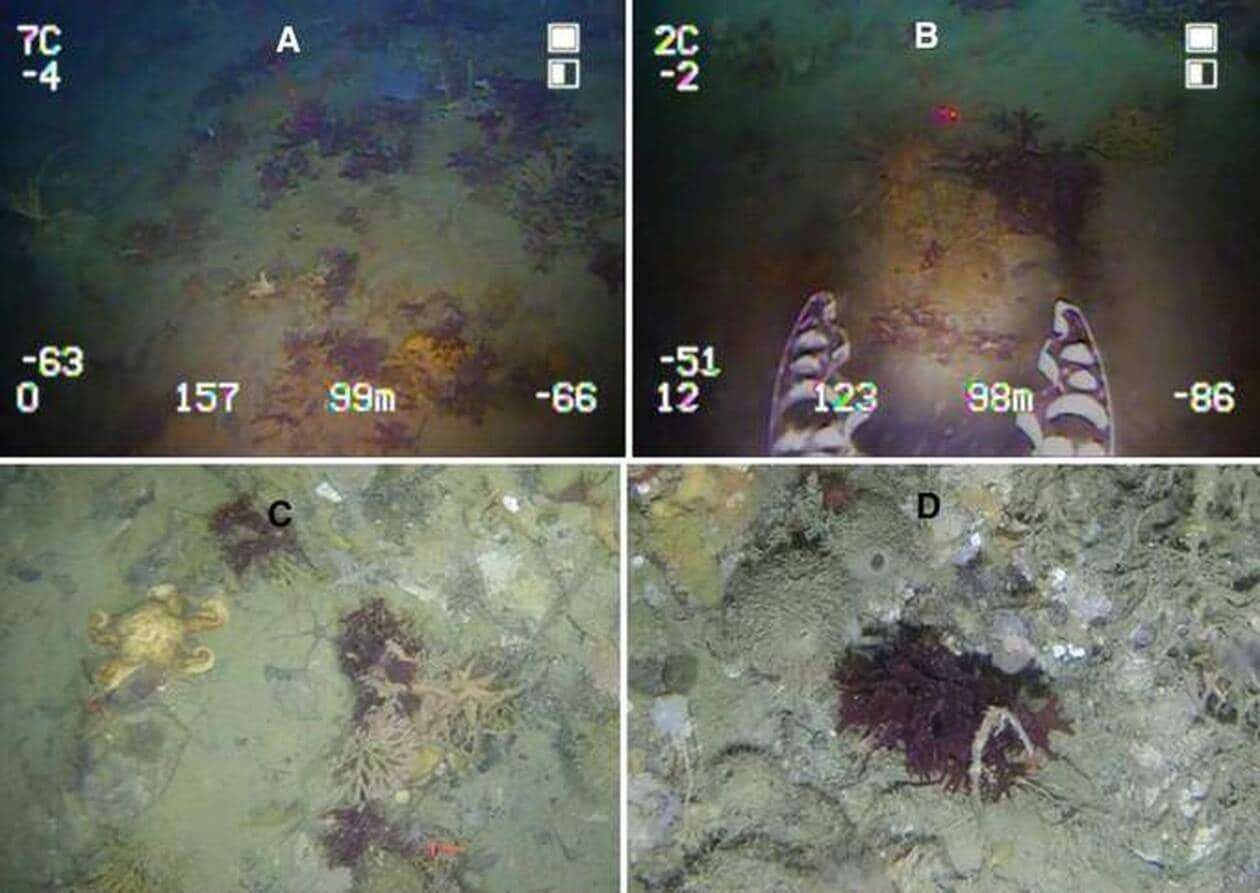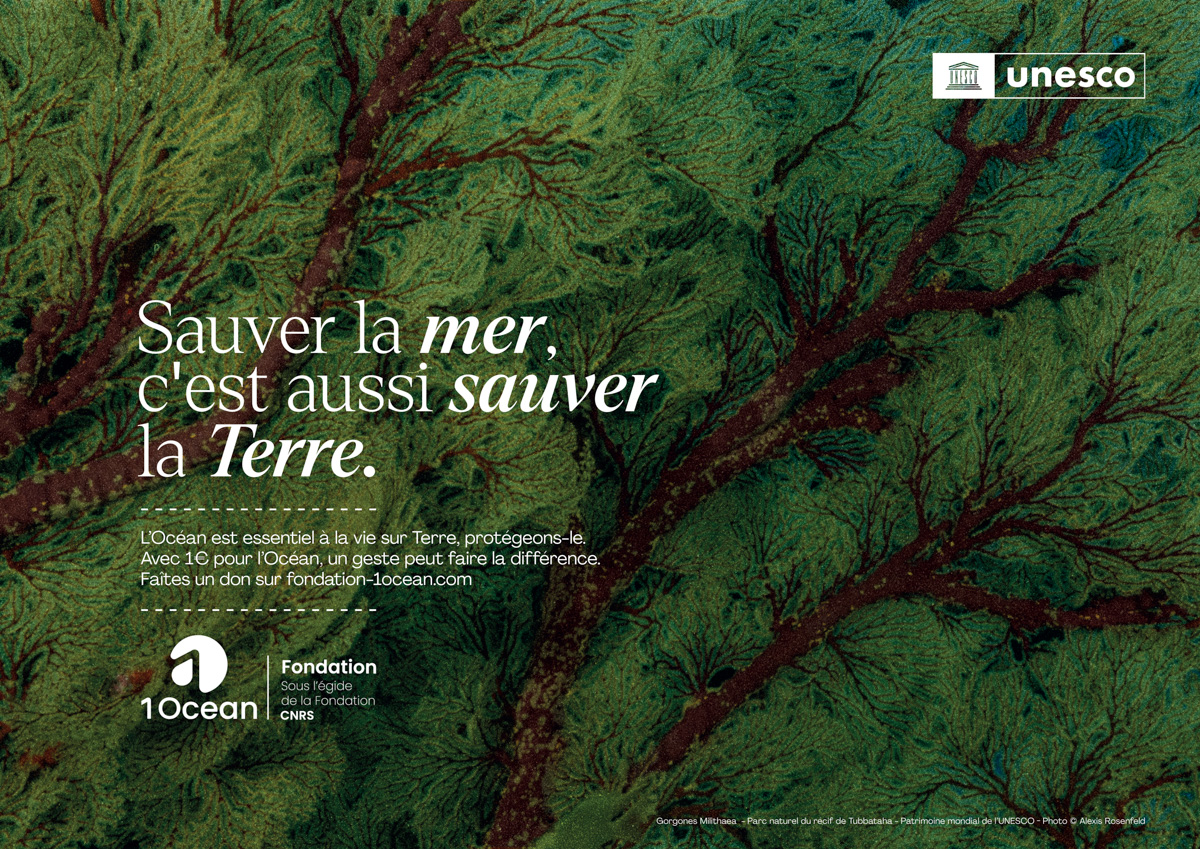During a mission to Antarctica, scientists discovered the presence of the alga Palmaria Decipiens at depths of over 100 meters. This species, which had only been recorded at depths of around 40 meters, could be a valuable aid to carbon capture.

It was at the Rothera scientific base on the West Antarctic coast that a team of Greek-British scientists revealed the presence of the algae at record depths. By submerging a robot to a depth of 100 meters, the researchers realized that the algae they had mistaken for mere debris was in fact very much alive. This discovery could be the first clue to the existence of much larger populations of algae on the polar seabed, making Antarctica one of the keys in the fight against ocean acidification.
The oceans capture some of the CO2 contained in the air and transform it into another molecule: carbonic acid. However, when the quantity of carbon is too great, the carbonic acid generated changes the pH of the water, jeopardizing the balance of marine environments. Algae and crustaceans capture carbonic acid for their own development, helping to regulate carbon levels.



